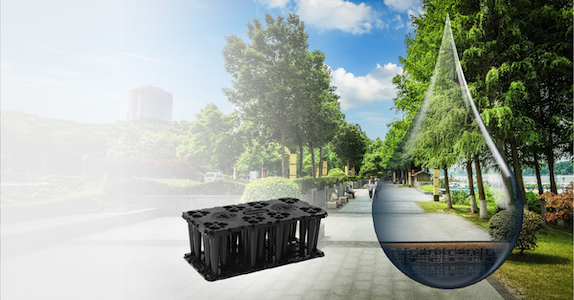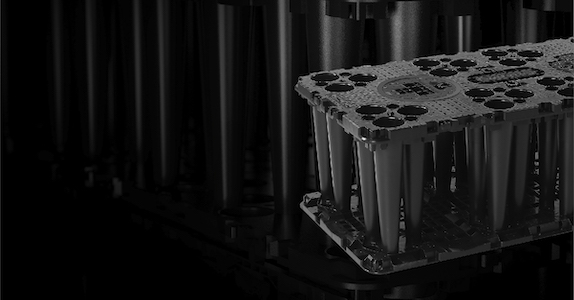View the Wavin entry on BPindex
In 2024, significant changes are occurring in the new build market in England. Legislation mandates the incorporation of sustainable drainage systems (SuDS) into most new developments, removing the automatic legal right to connect surface water drainage to nearby sewage infrastructure. Instead, England will adopt Schedule 3 of the Flood and Water Management Act 2010, making SuDS mandatory for developments over 100sq/m. While some developers anticipated this change, many haven’t fully considered its implications. SuDS require careful consideration and tailoring to each site, shaping the fundamental design of a development.
 Leading developers are proactively strategizing how to implement mandatory SuDS effectively. Understanding SuDS involves minimizing the built environment’s impact on the natural water cycle. SuDS solutions aim to manage surface water runoff by mimicking natural drainage, utilizing approaches like infiltration, evaporation, and evapo-transpiration.
Leading developers are proactively strategizing how to implement mandatory SuDS effectively. Understanding SuDS involves minimizing the built environment’s impact on the natural water cycle. SuDS solutions aim to manage surface water runoff by mimicking natural drainage, utilizing approaches like infiltration, evaporation, and evapo-transpiration.
Developers historically favored engineered SuDS over landscaped ones due to ease of installation and cost efficiency. However, relying solely on engineered solutions might be shortsighted. Engineered SuDS efficiently manage water quantity but overlook other critical aspects, such as water quality, amenity creation, and biodiversity habitat. In contrast, landscaped SuDS go beyond managing runoff volumes, enhancing environments with green roofs, rain gardens, and constructed wetlands.
The four pillars of SuDS—managing water quantity, water quality, creating amenity, and biodiversity habitat—reflect significant public values, influencing property purchasing decisions. Buyers increasingly seek assurances regarding flood protection, water quality improvement, access to green spaces, and environmental sustainability.
 Moving forward, developers must adopt a balanced SuDS approach, integrating both engineered and landscaped solutions. Collaboration among engineers, landscape architects, and planners is essential to maximize benefits for each site. Wavin provides reliable geocellular attenuation tanks, supporting this new SuDS approach. These tanks offer modular construction, space efficiency, and easy installation, reinforcing a site’s resilience against water runoff.
Moving forward, developers must adopt a balanced SuDS approach, integrating both engineered and landscaped solutions. Collaboration among engineers, landscape architects, and planners is essential to maximize benefits for each site. Wavin provides reliable geocellular attenuation tanks, supporting this new SuDS approach. These tanks offer modular construction, space efficiency, and easy installation, reinforcing a site’s resilience against water runoff.
Now is the time for developers to plan their SuDS strategy, leveraging both engineered and landscaped solutions to exceed Schedule 3 obligations and create sustainable, resilient, and attractive developments.
Start planning your schedule 3 strategy today.
We have a wealth of experience integrating our market-leading geocellular attenuation tanks into a landscaped SuDS concept – reinforcing a site’s ability to cope with water runoff. You can find out more about our attenuation solutions here – Wavin UK | Stormwater Management Systems.
To read the full article visit – Why it’s time for a SuDS rethink to meet new Schedule 3 requirements (wavin.com)
